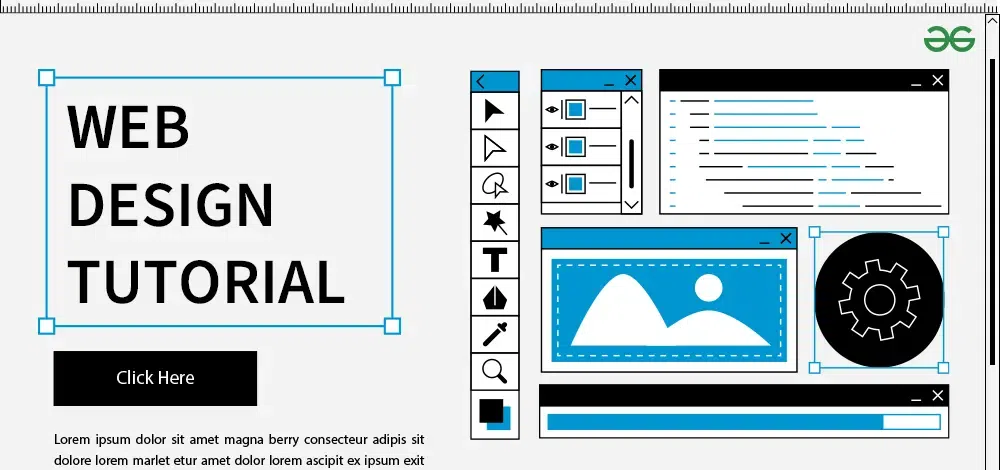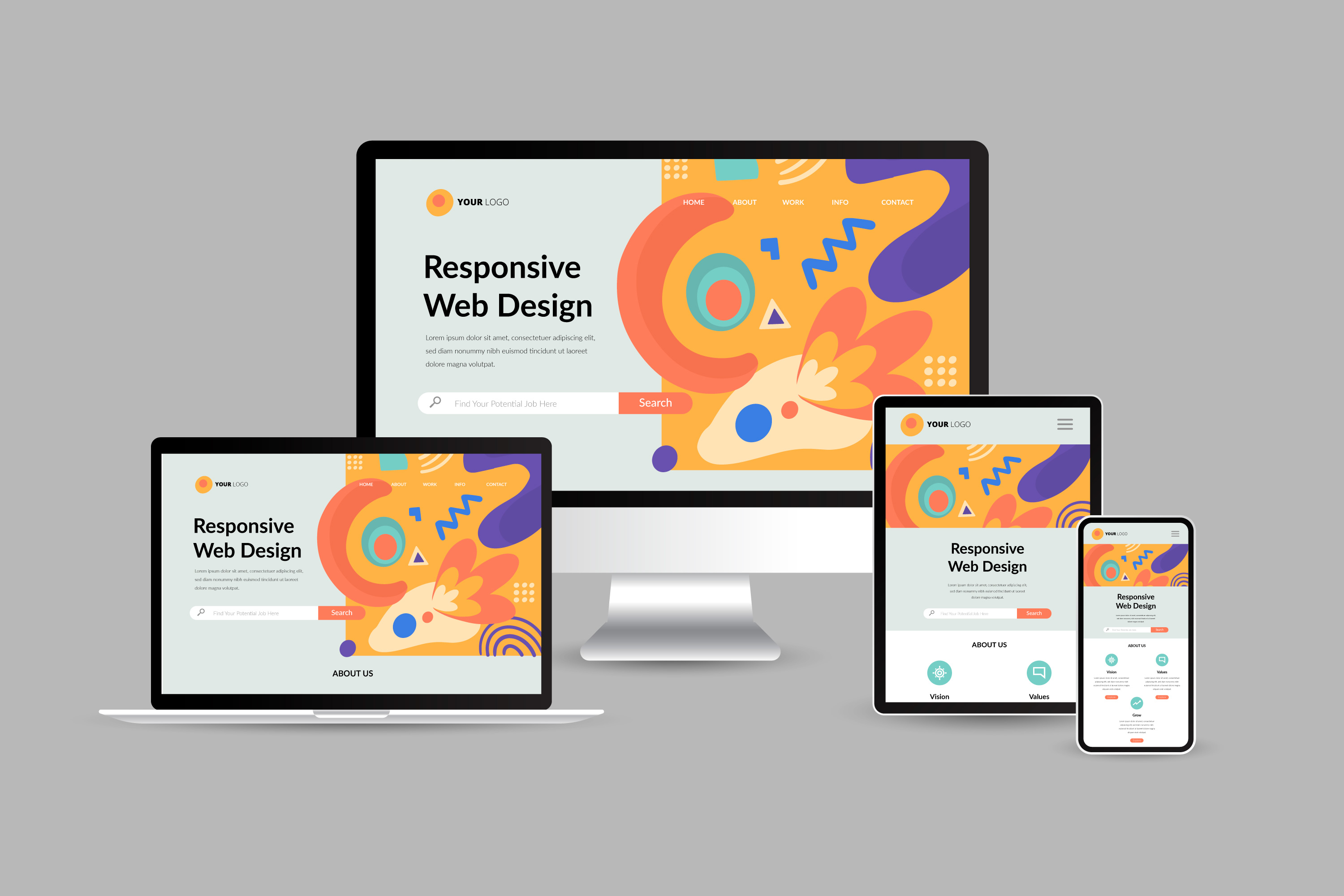
Crafting a User-Friendly Experience: Crucial Components of Reliable Site Style
Important components such as a clear navigation framework, receptive style concepts, and fast packing times serve as the structure for involving individuals efficiently. Comprehending the hidden elements that contribute to reliable style can drop light on just how to boost individual fulfillment and engagement.
Clear Navigation Framework
A clear navigating framework is fundamental to effective site layout, as it directly affects user experience and engagement. Individuals need to have the ability to situate information effortlessly, as intuitive navigation minimizes aggravation and urges exploration. An efficient layout permits visitors to recognize the partnership between various web pages and web content, causing longer site brows through and raised communication.
To achieve quality, designers must use familiar patterns, such as top or side navigation bars, dropdown food selections, and breadcrumb routes. These aspects not just boost usability however also supply a feeling of positioning within the site. Maintaining a constant navigating structure across all pages is essential; this knowledge assists users anticipate where to find preferred info.
It is also important to limit the number of food selection things to prevent overwhelming users. Focusing on the most crucial sections and using clear labeling will certainly lead site visitors successfully. In addition, incorporating search functionality can better assist individuals in locating specific content quickly (website design). In recap, a clear navigating framework is not merely a design option; it is a strategic aspect that substantially affects the overall success of a web site by cultivating a satisfying and efficient individual experience.
Responsive Layout Principles
Effective web site navigation sets the phase for a seamless customer experience, which ends up being a lot more critical in the context of receptive layout concepts. Receptive design ensures that websites adapt fluidly to numerous display dimensions and positionings, boosting ease of access throughout gadgets. This versatility is accomplished with adaptable grid layouts, scalable images, and media questions that allow CSS to change styles based upon the gadget's features.
Trick principles of responsive layout include fluid layouts that make use of percentages instead of repaired systems, ensuring that aspects resize proportionately. Additionally, utilizing breakpoints in CSS enables the layout to change smoothly in between various device sizes, maximizing the format for each and every display type. Using receptive images is also important; pictures should immediately get used to fit the display without shedding high quality or causing layout shifts.
Furthermore, touch-friendly user interfaces are crucial for mobile customers, with sufficiently sized switches and intuitive gestures improving individual interaction. By incorporating these principles, designers can create sites that not only look cosmetically pleasing yet additionally provide engaging and useful experiences across all tools. Eventually, reliable receptive style promotes individual fulfillment, minimizes bounce rates, and urges longer involvement with the web content.
Rapid Loading Times
While individuals progressively expect sites to fill rapidly, fast filling times are not just a matter of benefit; they are important for preserving visitors and improving overall customer experience. Research indicates that users normally abandon sites that take longer than 3 seconds to tons. This abandonment can bring about increased bounce rates and reduced conversions, inevitably harming a brand's track record and earnings.
Rapid loading times enhance user engagement and complete satisfaction, as visitors are more probable to discover a website that reacts swiftly to their communications. Furthermore, internet search engine like Google focus on rate in their ranking formulas, meaning that a slow internet site might struggle to accomplish exposure in search outcomes.

User-friendly Individual User Interface
Fast filling times lay the foundation for an engaging online experience, yet they are just part of the formula. An intuitive user interface (UI) is vital to make certain site visitors can navigate a website easily. A properly designed UI enables customers to attain their purposes with marginal cognitive lots, promoting a seamless communication with the site.
Secret elements of an instinctive UI include consistent design, clear navigation, and well-known symbols. Consistency in layout components-- such as shade systems, typography, and button designs-- helps individuals recognize how to communicate with the site. Clear navigating structures, consisting of logical food selections and breadcrumb tracks, enable customers to find details promptly, reducing stress and enhancing retention.
Furthermore, feedback systems, such as hover results and loading indicators, notify customers concerning their actions and the internet site's response. This openness cultivates depend on and motivates continued interaction. Additionally, prioritizing mobile responsiveness makes certain that individuals appreciate a natural experience across tools, dealing with the diverse methods target markets gain access to web content.
Accessible Material Standards

First, use clear and straightforward language, preventing jargon that might confuse visitors. Stress proper heading structures, which not just help in navigating yet likewise assist screen visitors in interpreting material hierarchies effectively. Furthermore, offer different text for pictures to convey their significance to users that count on assistive modern technologies.
Contrast is one more essential component; ensure that message attracts attention against the background to boost readability. Additionally, make sure that video and audio web content includes inscriptions and records, making multimedia available to those with hearing impairments.
Finally, incorporate key-board navigability right into your design, enabling users who can not utilize a computer mouse to gain access to all site attributes (website design). By adhering to these easily accessible web content standards, web designers can produce inclusive experiences that deal with the needs of all customers, eventually improving customer interaction and contentment
Final Thought
In verdict, the integration of vital aspects such as a clear navigation structure, responsive design concepts, fast filling times, an instinctive interface, and easily accessible material guidelines is vital for developing an easy to use site experience. These components jointly boost usability and involvement, ensuring that customers can effortlessly navigate and connect with the site. Focusing on these style elements not only boosts general contentment but also fosters inclusivity, accommodating varied user requirements and choices in the digital landscape.
A clear navigation structure is essential to efficient web site layout, as it directly affects individual experience and a fantastic read interaction. In recap, a clear navigating structure is not just a design selection; it is a critical aspect that substantially influences the general success of a site by fostering a effective and delightful user experience.
Moreover, touch-friendly user interfaces are vital for mobile individuals, with appropriately sized switches and instinctive gestures boosting customer communication.While users increasingly expect internet sites to fill promptly, fast loading times are not just an issue of comfort; they are crucial for retaining visitors and improving overall customer experience. website design.In conclusion, the integration of vital aspects such as a clear navigation framework, receptive layout concepts, fast packing times, an user-friendly user interface, and accessible web content guidelines is essential for producing an easy to use website experience